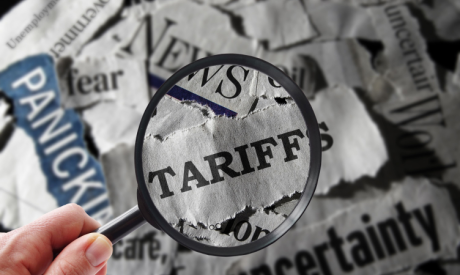Key Points
Please click on download PDF above for full report
- China delivered a 4.7%yoy real GDP growth in Q2. The 4.0%yoy nominal GDP growth rate in the same period implied a -0.7%yoy GDP deflator for Q2. The growth deceleration was largely due to weakened support from service industry, both consumption and investment made less contribution to Q2’s GDP growth. Net exports provided good contribution to economic recovery in Q2, which helps to explain the relative strong IP and manufacturing investment.
- Policies have been taking effect lately, implied by the rebound in major activity indicators of the real estate sector this June (benefiting from “5.17” property policy packages) and the increased government bonds issuances in May and June compared with earlier months. However, drags on economic performance were quite obvious and sticky. Declining household disposable income growth and lingering low sentiment would continue to limit consumption and investment activities by private enterprises in near term at least.
- Q2’s GDP growth was alarming, indicating a strong need for government to step up policy support. We expect more policy stimulus to help stabilize domestic demand, including policies promoting both public and private consumption, optimizing vehicle trade-in policies. Compared with monetary policies, fiscal expenditure expansion is more likely to be the policy solution. We expect Chinese to deliver a close to 5.0%yoy growth in Q3, due to some further narrowing in year-over-year contraction in property sector, continued resilient support from exports (partly due to front run of potential tariff increases), and acceleration in infrastructure benefiting from funds raised from recent increased government bonds issuance.
- In near term, USD/CNY value will largely depend on both the dollar movement and the market sentiment on China. These two factors still involve high degree of uncertaintly in near term. China’s economic recovery likely remains at low pace in near term as weak consumption and investsment can only recover gradually and property sector still is finding the bottom, but the ongoing Third Plenary meeting could offer some positive incentives and dollar could go weaker. US rate market now prices in 75bps of Fed rate cuts this year and about 150bps cuts by mid-2025, which will marginally reduce the negative yield spread between China and US and provide less stress on the CNY. We expect USD/CNY to remain around 7.27 in near term, but still moves towards a 7.22 by the end of Q3, as more policy effect kicks in.





